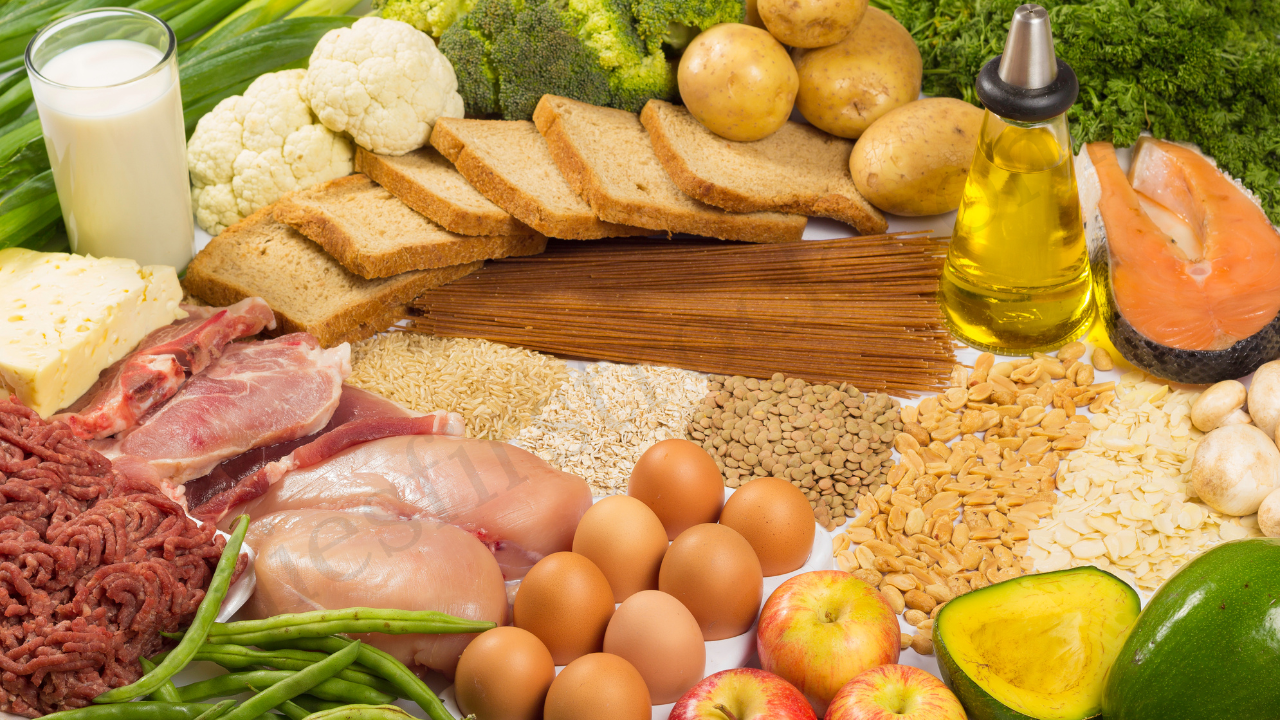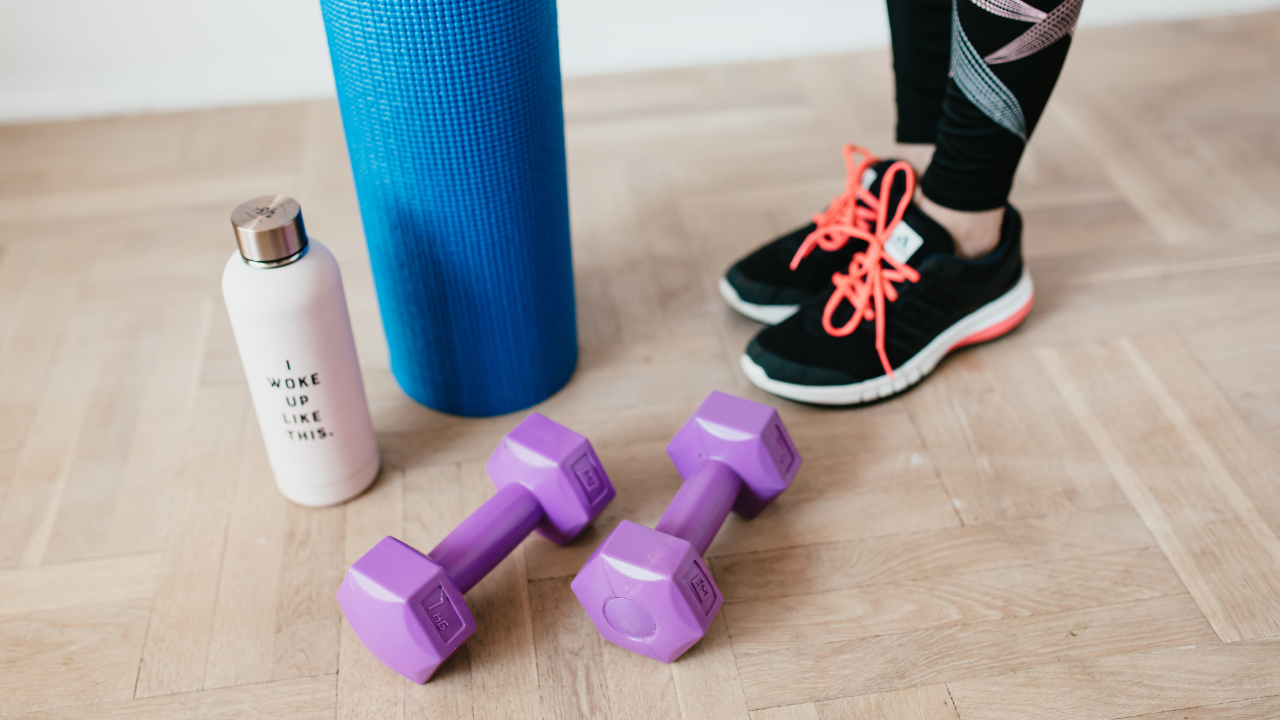
Key Takeaways
- Women’s fitness nutrition requires a tailored approach—macronutrients like protein, carbs, and fats must be balanced for performance and health.
- Most active women under-eat carbs while over-consuming fats; protein needs are also higher with regular exercise.
- Individual requirements vary based on training, goals, and life stage—start with practical tools and adjust as you go.
Ever stared at a new workout plan and wondered why the results just aren’t showing up, no matter how hard you sweat? Let’s face it—calories and cardio alone won’t cut it. To truly unlock your strength, stamina, and well-being, you need the right nutrition fuel. And that means understanding macronutrients, especially when it comes to women’s unique needs.
If you’re ready to ditch the generic diet rules and discover an actionable, research-backed approach to fueling your fitness, you’re in the right place. We’ll break down the science, explain the why behind every nutrient, and give you step-by-step strategies to eat for more than just aesthetics—think energy, hormones, and real, lasting results.
Why Women Need a Personalized Approach to Nutrition?
How is women's nutrition different from men's?
Women’s bodies aren’t just smaller versions of men’s—they’re physiologically distinct, especially when it comes to nutrition for performance. Key factors include:
- Hormones: Fluctuations through the menstrual cycle influence metabolism, energy use, and nutrient requirements. Low energy intake is linked to menstrual issues and bone loss.
- Metabolism: Women often rely more on fat as a fuel source during exercise, but periods of intense training or low intake can quickly tip the balance.
- Bone and Muscle Health: Estrogen, calcium, and vitamin D are especially critical, but macronutrient balance (carbs, proteins, fats) underpins it all.
In fact, research shows that female athletes often consume less energy and fewer macronutrients than men, with discrepancies in protein advice based on exercise type (Nutrición Hospitalaria, 2015).
Ignoring these differences? Risks can include:
- Low energy availability
- Irregular or absent menstrual cycles
- Increased risk of injury and poor bone health
- Slower recovery and lagging progress
As highlighted in a 2023 review, ""Low energy availability in female athletes is associated with increased risks of menstrual dysfunction, bone health deterioration, metabolic disorders, and psychological issues"" (4Endurance, 2023). That’s the opposite of the vibrant, sustainable fitness journey you deserve.
Decoding Macronutrients: Protein, Carbohydrates, and Fats
Ever wondered: What are macronutrients, and do I really need to obsess over grams and ratios?
Macronutrients—protein, carbohydrates, and fats—are the nutrients we consume in the largest amounts, and together they keep our bodies running. Let’s break it down:
| Macronutrient | Primary Role | Key Functions for Women |
|---|---|---|
| Protein | Structure & Repair | Muscle recovery, metabolism, hormone balance |
| Carbohydrates | Energy & Recovery | Fuel workouts, replenish stores, support mood |
| Fats | Hormones & Cell Health | Brain function, inflammation, satiety |
But here’s the catch: one-size-fits-all charts don’t cut it for women. Research on active female populations found huge ranges:
- Energy (Calories): 1,200–2,900 kcal/day
- Carbs: 1.8–5.7 grams per kg body weight/day
- Protein: 0.83–2.0 grams per kg body weight/day
What affects where you land? Your training intensity, age, cycle stage, goals, and even stress levels.
Carbohydrates: The Ultimate Fuel for Women’s Performance
Why are carbohydrates important for women's fitness?
Carbs may get a bad rap in certain diet circles, but when it comes to diet for exercise, they’re your best ally. For women—who often juggle intense training, busy schedules, and hormonal fluctuations—carbohydrates do the heavy lifting by:
- Providing quick, accessible energy for every sprint, lift, or class
- Supporting faster recovery and replenishing glycogen stores
- Helping regulate vital hormones that protect bone and menstrual health
National recommendations show that athletes should consume 5 to 12 grams of carbohydrates per kg of body weight daily, as carbs provide 50% of energy for moderate and up to 100% for high-intensity activity (Female and Male Athlete Triad Coalition, 2023). For a 140-lb woman (about 64 kg), that can mean 320–770g/day on demanding training days!
So, why do so many women fall short? Research reveals that while 70% of female athletes meet protein targets, 90% under-consume carbohydrates and 50% eat too much fat (Nutrición Hospitalaria, 2015). The result: sluggish workouts, slower recovery, mood swings, and stalled progress.
Want to know how to up your carb game before a workout? Check out our great pre-workout snacks to fuel your workout.
Protein: Building Strength and Accelerating Recovery
How much protein do active women really need?
Protein isn’t just for bodybuilders. It plays a starring role in:
- Repairing and rebuilding muscle fibers after exercise
- Supporting metabolism and healthy weight management
- Keeping you satisfied and less prone to sugar crashes
Active women often require 1.2 to 2.0 grams of protein per kg body weight daily—about twice that of a sedentary person (Female and Male Athlete Triad Coalition, 2023). Translation: A 140-lb woman should aim for 75–125g per day, spread across meals.
Tips to meet your protein needs:
- Include a solid protein source at every meal (e.g., eggs, chicken, Greek yogurt, lentils, tofu)
- Don’t skip post-workout snacks—think protein shakes, cottage cheese, or tempeh wraps
- Try timing protein dosing throughout the day for steady muscle nourishment
Fats: Essential, Not Optional, in a Balanced Fitness Diet
Are all fats bad for women's health and fitness?
Absolutely not! Fats are essential for hormone production, insulation, and brain health. But there’s a balance:
- Unsaturated fats (olive oil, nuts, avocado) promote heart and brain health, reduce inflammation, and support hormone balance.
- Saturated fats (butter, fatty meats) should be moderated—not forbidden.
However, many women accidentally tip the scale the other way. Studies found 50% of female athletes consume excessive fats, crowding out those performance-boosting carbs and potentially disrupting hormones (Nutrición Hospitalaria, 2015). The key is to focus on quality and portion size.
Sample healthy fat sources for active women:
- Avocado toast with eggs
- Salmon or chia seed puddings
- Nut butter on whole-grain bread
Balance is queen.
How to Achieve the Right Balance: Customizing Your Macronutrient Intake?
How do I calculate my ideal macros for fitness?
The truth is, your perfect macronutrients for women formula depends on your body, lifestyle, and goals. Here’s a step-by-step way to get started:
- Find your weight in kilograms (lbs ÷ 2.2 = kg).
- Estimate your training intensity:
- Light Exercise: Use lower end of ranges
- Intense/Competitive: Use higher end
- Apply recommended ranges:
- Carbs: 1.8–5.7 g/kg/day
- Protein: 0.83–2.0 g/kg/day
- Fats: Generally 25–35% of total calories, ideally from unsaturated sources.
Factors that increase your needs:
- High volume or intensity
- Muscle-building goals
- Pregnancy, breastfeeding, or certain cycle phases
For a more precise assessment, consider digital tools like MyFitnessPal, Cronometer, or professional apps such as the InBody nutrition tracker (if your gym offers it).
Curious about tracking for maximal progress? Explore our guide to tracking nutrition for fitness results.
Overcoming Common Challenges in Women’s Fitness Nutrition
What are signs I’m under-fueling or unbalanced with my diet?
Be alert for:
- Plummeting energy or training fatigue
- Irregular or missed periods
- Extreme muscle soreness or slow recovery
- Mood swings or poor concentration
This is more common than you think—recent research highlighted widespread inadequate energy intake among U.S. female collegiate athletes, with real risks for health and progress (Nutrients, 2023).
How can I get my macronutrients right, even with a busy lifestyle?
- Plan and prep ahead: Batch-cook grains, prep protein, chop veggies.
- Choose simple, macro-balanced meals: Sheet-pan chicken, quinoa bowls, yogurt with fruit and nuts.
- Ignore diet fads: Don’t fall for “carb fear” or “fat-free” hype; balance is best.
- Be flexible, not rigid: Adjust based on your training and cycle—not just the scale.
Don’t let myths hold you back—see 10 Fitness Myths Women Need to Stop Believing for a confidence boost.
Let’s Fuel Your Fitness Journey—Your Way
The blueprint for your best performance and lifelong health starts with understanding and balancing your macronutrients for women. Gone are the days of “eat less, exercise more.” Your body deserves better—a diet for exercise, not just calorie cuts.
By dialing in your unique needs (and being open to recalibration), you'll experience more energy, stronger training sessions, and overall vitality.
Ready to move from confusion to clarity? Consider consulting a registered dietitian for personalized guidance—and if you want expert fitness support, reach out to us at Contact Us. Your optimal nutrition is just a step away!
How do I balance protein, carbs, and fats as a woman who works out?
Start with evidence-based ranges for each macronutrient, adjust for your weight, training intensity, and goals, then tweak based on your body’s feedback and results.
Can women have too little carbs or too much fat on a fitness diet?
Definitely! Most active women don’t eat enough carbohydrates, which can hurt performance, while half over-consume fats, a common cause of lagging energy and hormonal bumps.
What’s the best protein source for women in fitness?
Both animal and plant-based options work—think lean meats, fish, eggs, tofu, beans, and Greek yogurt.
What’s the best protein source for women in fitness?
Both animal and plant-based options work—think lean meats, fish, eggs, tofu, beans, and Greek yogurt.
Why is low energy availability harmful to women athletes?
It increases risk for menstrual irregularities, bone weakness, poor recovery, and long-term health problems.






